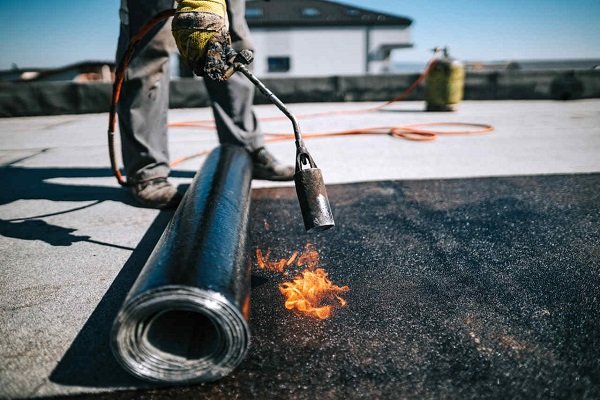Bituminous Membrane Waterproofing

Applications of Bituminous Membrane Waterproofing
Roof Waterproofing: Bituminous membranes are commonly used to waterproof flat and low-slope roofs in residential, commercial, and industrial buildings.
Basement Waterproofing: To prevent water seepage and moisture buildup, bituminous membranes are applied to the exterior foundation walls and basement floors.
Bridge Decks and Tunnels: Bituminous membranes are used in infrastructure projects to waterproof bridge decks, tunnels, and other critical structures.
Plaza Decks and Podiums: Waterproofing membranes are applied to elevated decks and podiums in high-rise buildings to prevent water infiltration and protect underlying structures.
Advantages of Bituminous Membrane Waterproofing
Durability: Bituminous membranes offer long-lasting protection against water and environmental factors, ensuring the integrity of structures.
Versatility: These membranes can be applied to various substrates, including concrete, wood, and metal.
Cost-Effective: Bituminous waterproofing is a cost-effective solution when compared to other waterproofing methods, especially for large-scale projects.
Easy Maintenance: Repairs and maintenance are relatively straightforward, making it a convenient choice for building owners.
Excellent Adhesion: Bituminous membranes adhere well to substrates, preventing water from seeping through gaps and cracks.
